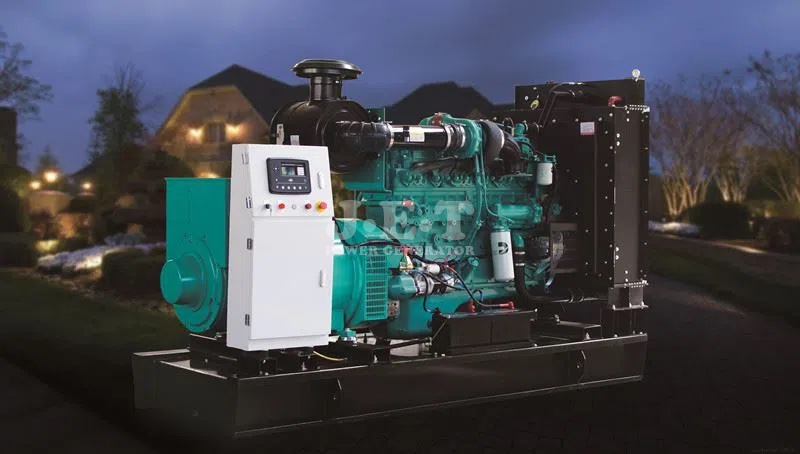Five Ways To Diagnose Diesel Generator Problems
- 24 - 03 - 2020
- 519
When a problem occurs in a diesel generator set, it is usually concentrated in the diesel engine. So when a problem occurs, how do you diagnose it? In fact, many times customers can diagnose by some simple methods. Here, Giant Power will teach you.

1. Listening method: Use a stethoscope or a metal stick near the part of the injector body to listen to the sound of each cylinder. The normal sound is similar to the sound of a metal tapping “Dangdang”. If there is only a continuous and non-sounding sound of “该”, the tank is not supplying too much oil, or it does not catch fire in time. If the tap is very large, it means that the cylinder fuel supply is too large or the injection time is too early.
2. Viewing color method: The diesel engine works normally, and the color of the exhaust gas is light gray and the load is slightly darker. If black gas is discharged, it means that the combustible gas is not completely burned. Exhausting blue smoke indicates that the lubricating oil enters the cylinder and burns. Exhaust white smoke means that there is water in the diesel fuel that is not combusted and exhausts white smoke. The exhaust pipe continuously emits abnormal smoke color, indicating that the individual cylinders are not working properly.
3. Temperature sensing method: In the most advanced stage after the diesel engine is started (after a period of work, the temperature of the exhaust pipe is very high, you will be burned by touching it with your hands). Touch the temperature of the exhaust pipe manifold of each cylinder with your hand to identify the work of each cylinder Happening. If the temperature of the exhaust manifold of a cylinder is higher than that of other cylinders, it indicates that the fuel supply of the cylinder is too high; if the temperature is low, the fuel supply of the cylinder is small, or the fuel is not completely burned or not burned after injection.
4. Pulsating method: Tighten the high pressure oil pipe by hand to feel the pulsation of the fuel injection pump. Small pulsation: weak outburst sound and low temperature cylinder fuel supply is low; abnormal outburst sound and high temperature is the fuel injection pressure drop of the injector, poor fuel injection atomization, or failure to catch fire and complete combustion in time. Large pulsation: Cylinders with strong burst sounds and high temperature are for large oil supply; weak burst sounds and low temperature dry injectors or needle valves are stuck.
5. Oil-cutting method: In order to accurately determine which cylinder is faulty, the high-pressure iron tube can be cut from cylinder to cylinder and the oil circuit of the injector is stopped to observe the changes in the working conditions of the diesel engine. When the oil circuit of a certain cylinder is cut off, if the speed and sound of the diesel engine have not changed or are not changed much, it means that the cylinder works normally. Such as when intermittently knocking on the cylinder and exhausting black smoke. When the oil circuit of a certain cylinder is cut off, the failure phenomenon disappears, indicating that the failure is in the cylinder.
Simple diagnostic methods can help to find the right solution to the problem and improve the efficiency of the unit. If the problem cannot be diagnosed by using the above problems, Giant Power recommends that you consult professional technicians, or feedback the problem to Giant Power staff, Giant Power will provide you with the best solution.
